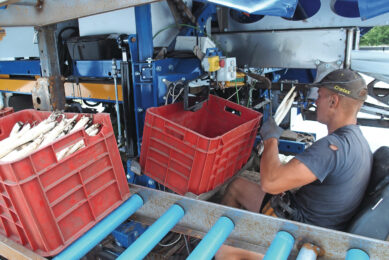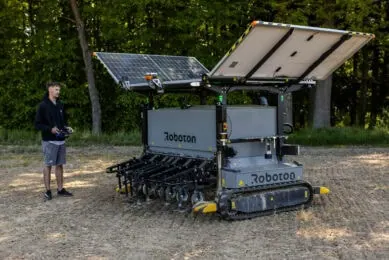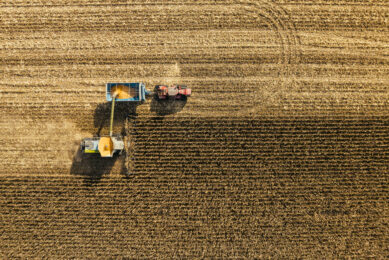Autonomous ag tech on the radar: 61% of Aussie grain growers want to learn more

A national survey of Australian grain growers has revealed strong interest in autonomous farm machinery, but cost and understanding remain major barriers to adoption.
The study, conducted by Grain Producers Australia (GPA), the Tractor and Machinery Association of Australia (TMA), and the Society of Precision Agriculture Australia (SPAA), gathered responses from 207 growers – 150 via phone and 57 online.
Productivity and time savings
Growers using autonomous technologies, including drones, robots, and semi-autonomous tools like GPS and spot spraying, cited productivity (73%) and time savings (65%) as top benefits. Still, many grain growers remain hesitant due to a lack of clarity—both in how the technology works and the benefits it brings. This dual challenge echoes findings in broader research on technology adoption in Australian agriculture.
Nearly two-thirds (61%) of the participants expressed interest in learning more about autonomous machinery. However, affordability (52%) and setup costs (39%) were key concerns holding growers back.
Connectivity issues in rural and remote areas further complicate uptake. Reliable internet and mobile service remain essential for the technology to function effectively.

Methods of engagement
Among those eager to learn more, the preferred methods of engagement included agricultural field days (62%), the Grains Research and Development Corporation (GRDC) (57%), and machinery dealers (49%). Online videos (43%) and webinars (35%) were also popular.
Despite GPA, TMA, and SPAA launching a Code of Practice for autonomous machinery in 2019, 80% of respondents had never heard of it. Of the 20% who had, most (71%) were only familiar with the name.

Boosting adoption
To boost adoption, clearer definitions, targeted education, and practical training – such as field demos and online modules – are needed. Engaging with industry groups like GRDC and local dealers will be key. Promoting the Code of Practice through conferences and digital outreach can also raise awareness.
Financial support
Financial support, including subsidies, ROI calculators, and decision-making tools, could ease the economic burden on farmers. Collaboration with policymakers to improve internet access and ensure equipment compatibility will further support integration.
With the global market for intelligent farming systems projected to hit AUS $272 billion (US $182 billion) by 2027, addressing financial and knowledge barriers is vital for Australia’s grain growers to stay competitive.



